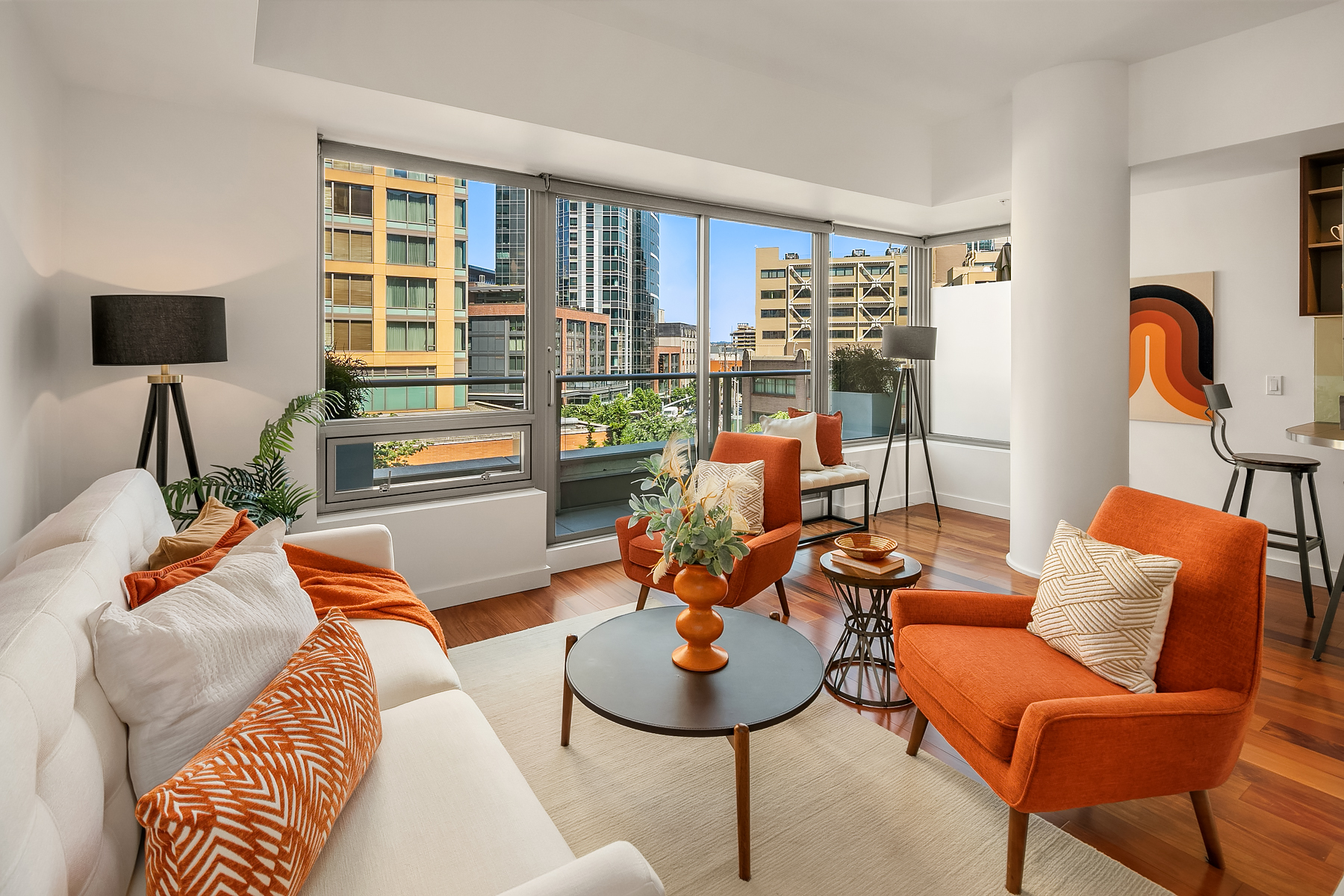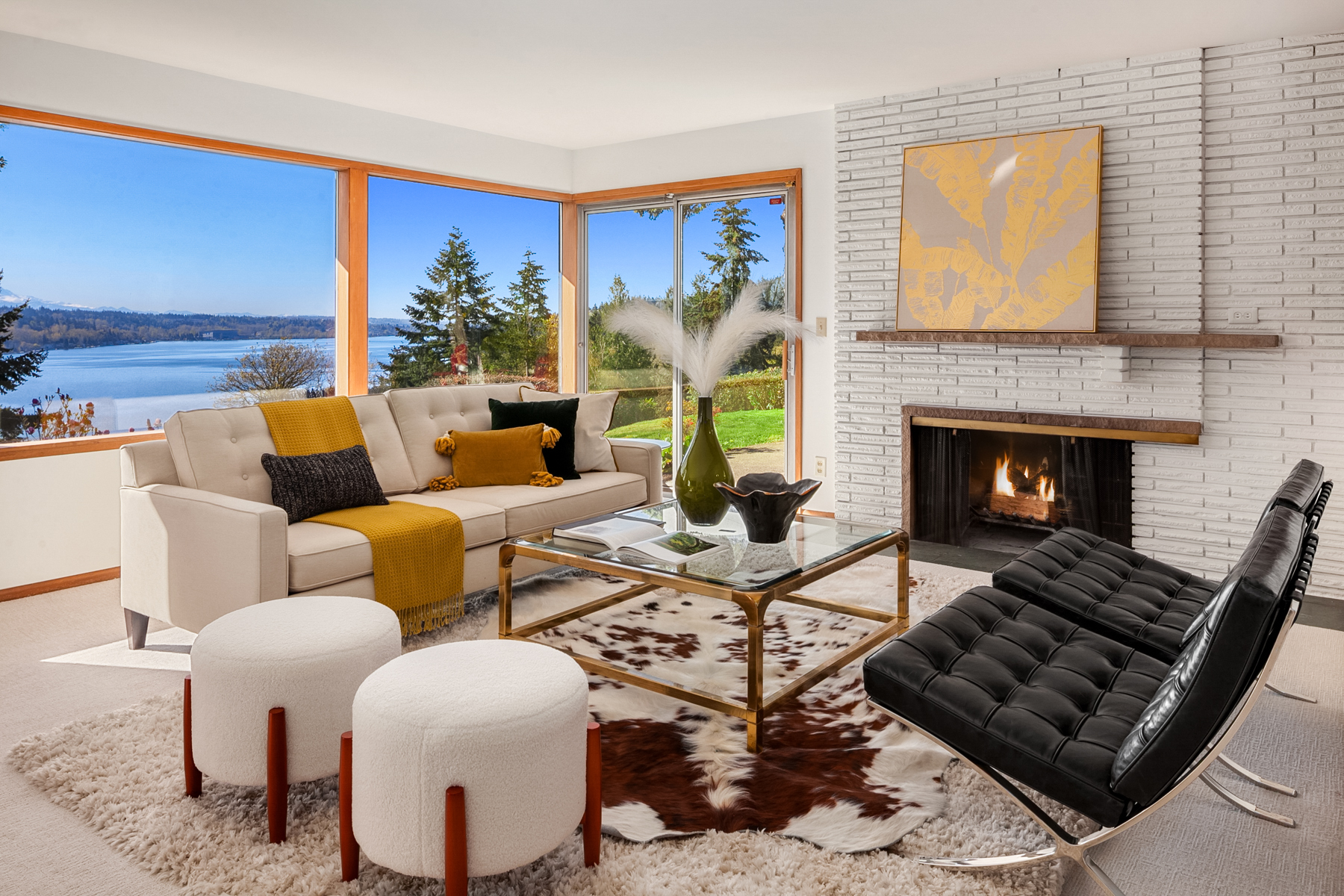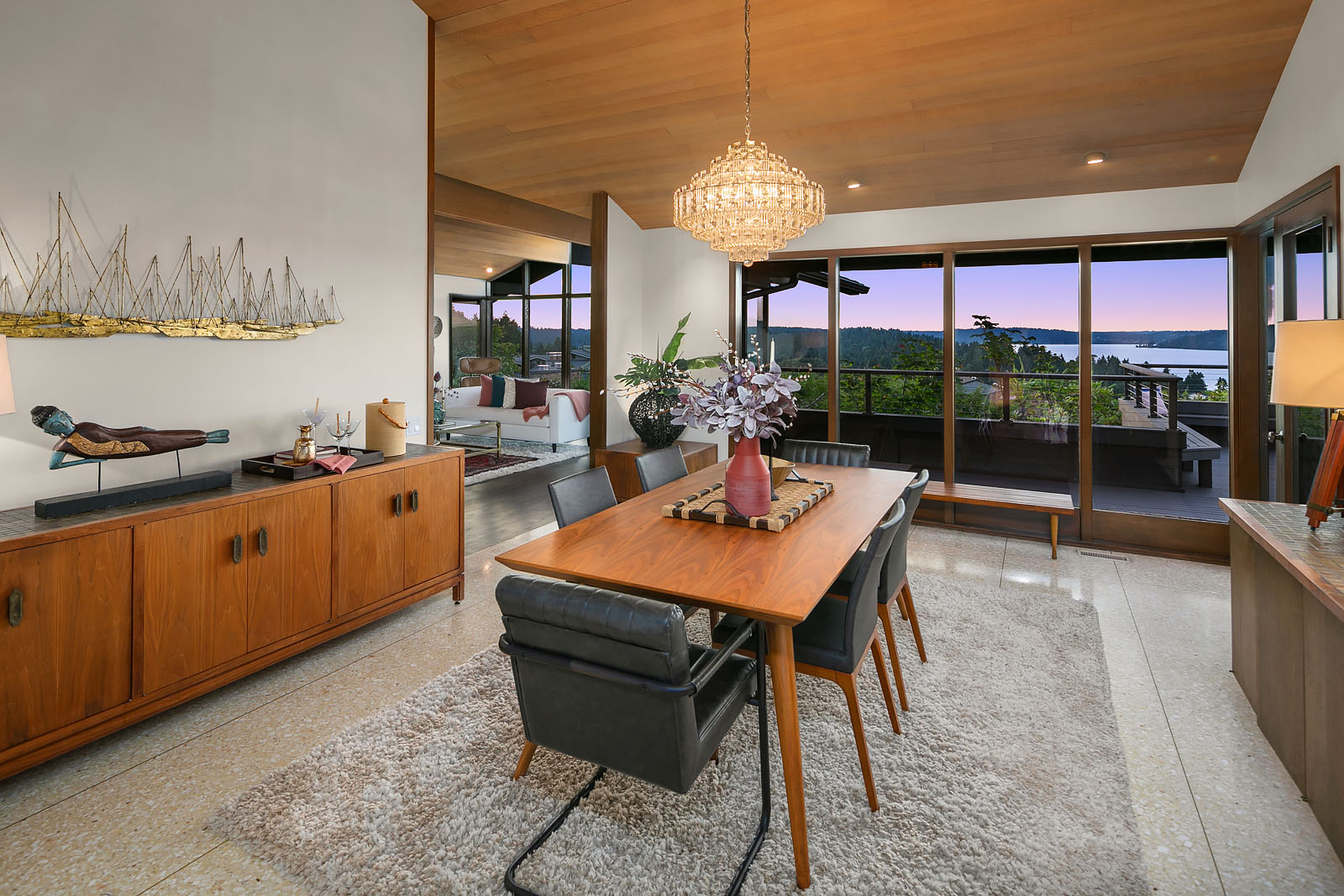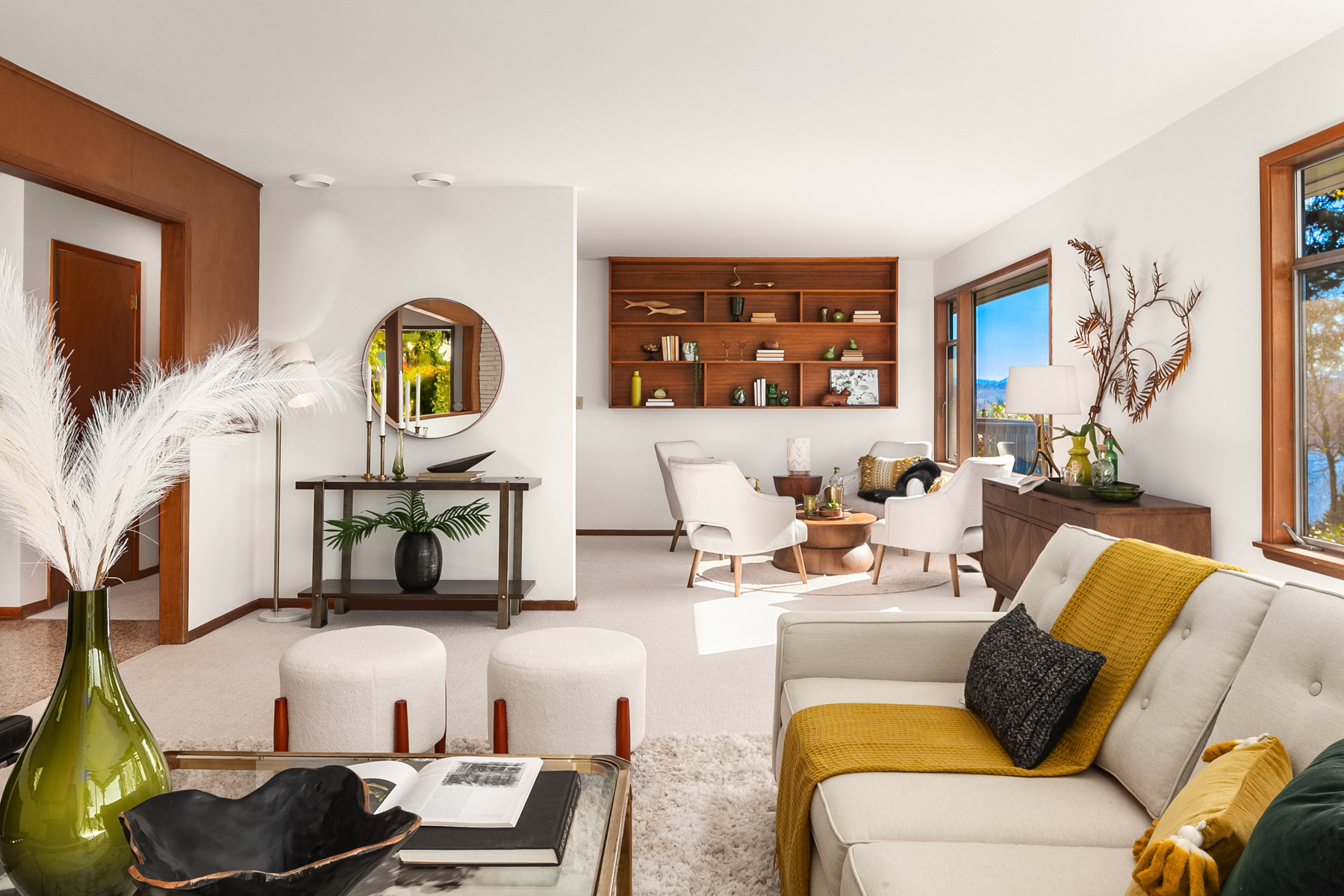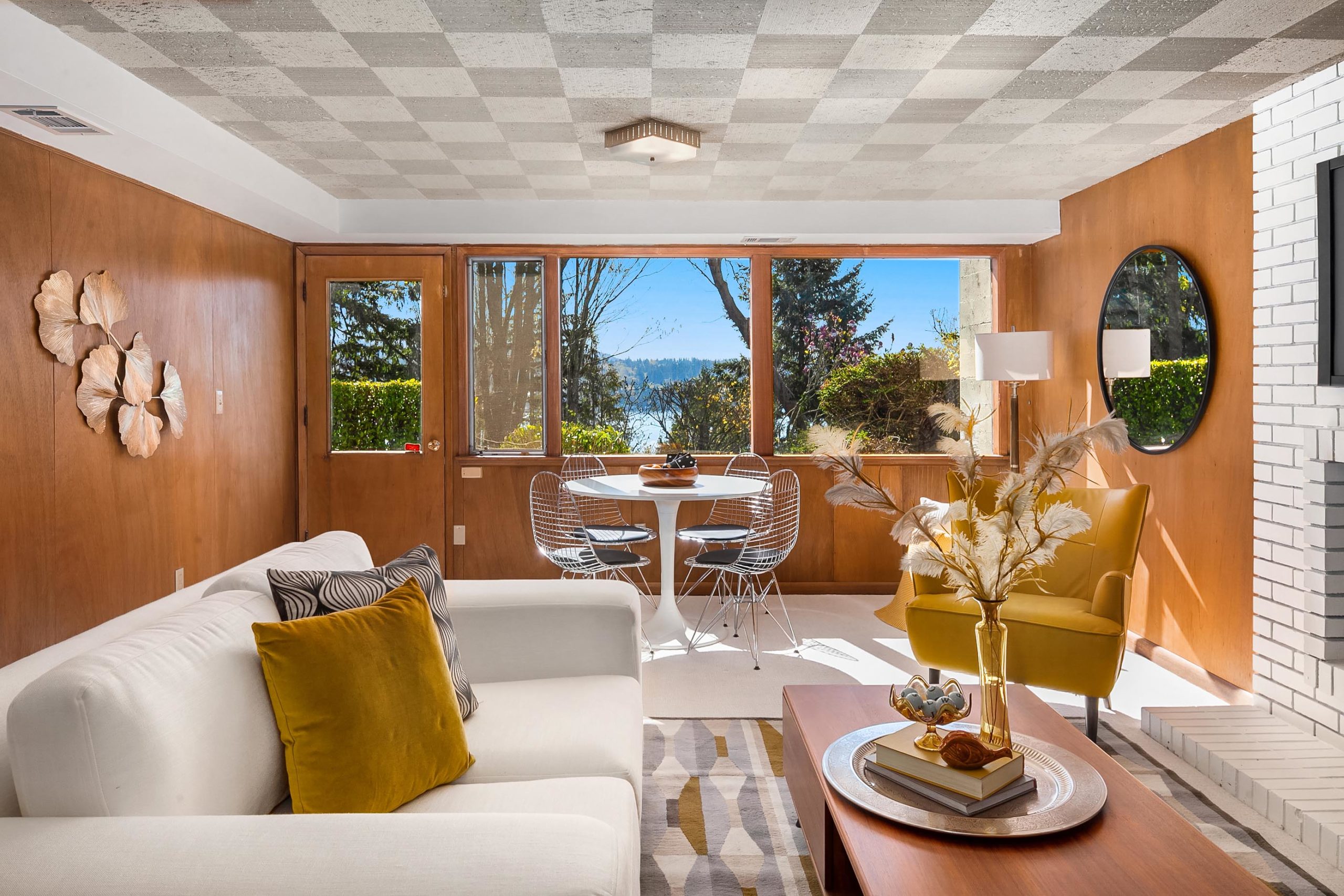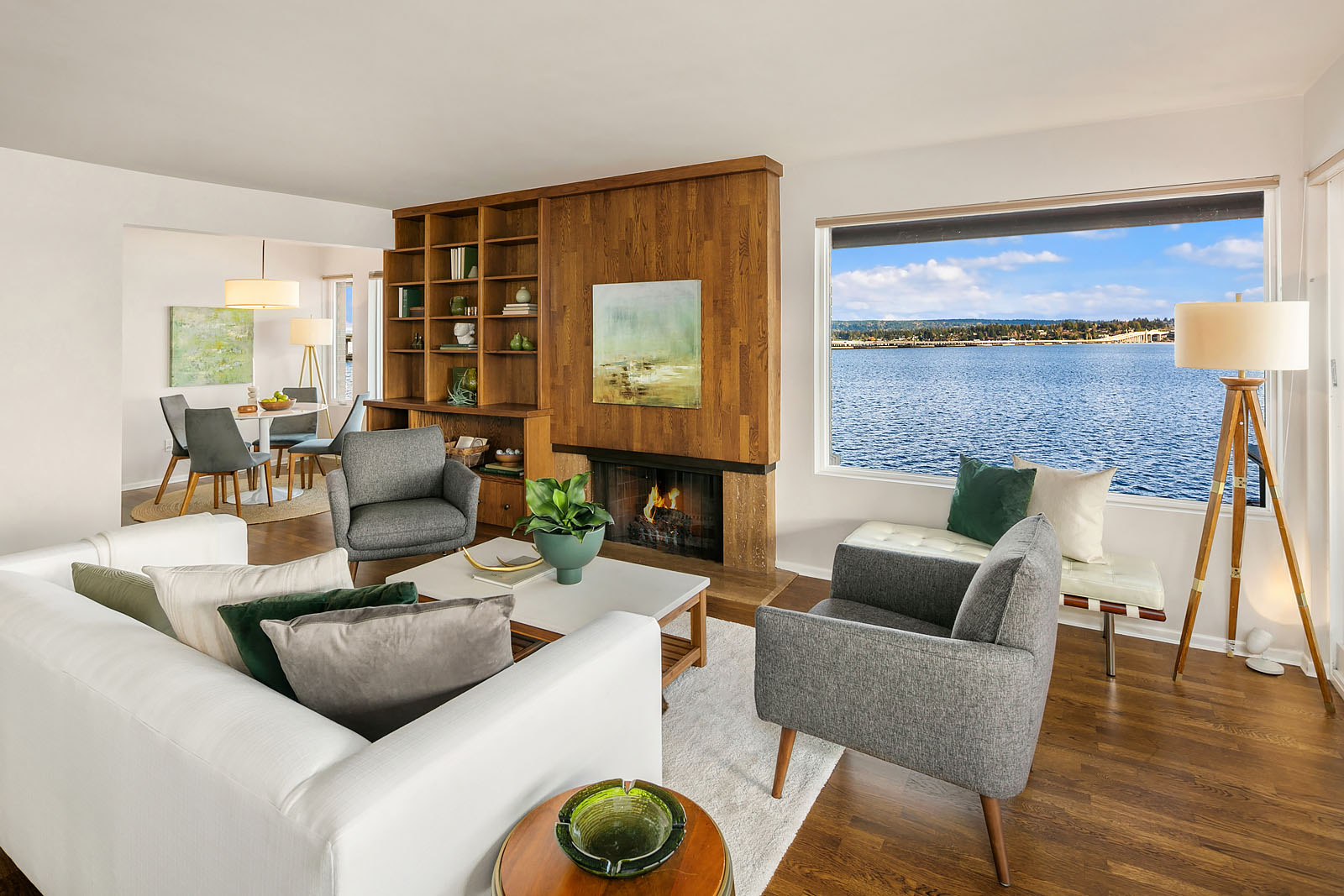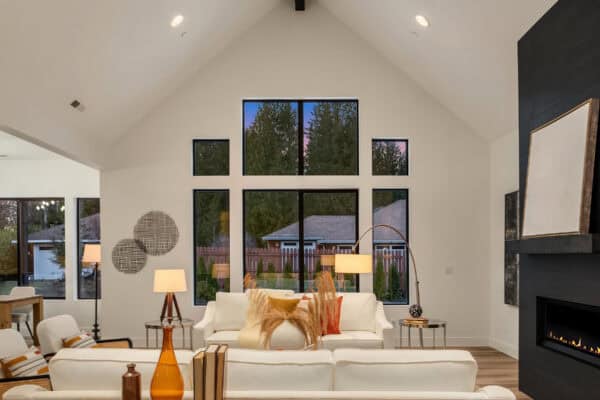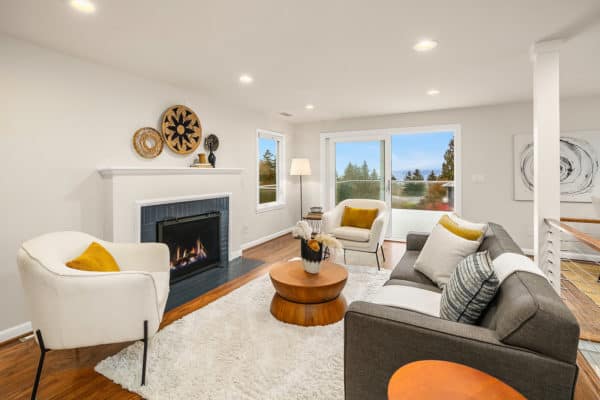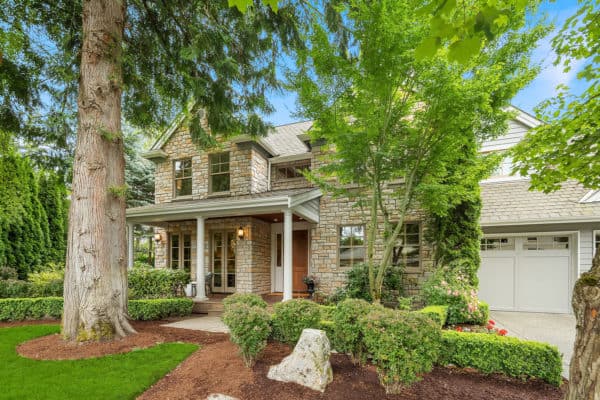Imagine: your Pinterest boards are full of furniture and design photos. As you scroll through these images, certain patterns begin to emerge. Swooping organic lines, mixed materials and textures, clean angles, an emphasis on geometry; if these descriptions match your images then you just might be a fan of Mid-century Modern design.
Whether you are browsing the pages of your favorite fashion and/or interior design magazine, perusing the posts on any number of social media feeds, watching your favorite reruns of Mad Men on cable, or diving deep into an image inspiration search on the internet, Mid-century Modern design has almost certainly popped up. But just what is Mid-century Modern? And why is it experiencing such a resurgence in popularity these days?
In this article, we will take a look at how Mid-century Modern design has evolved and why it is so popular these days.
The History Of Mid-century Modern Design
The term “Mid-century Modern” may seem ubiquitous nowadays. But many may wonder where this label first originated. And for those who have only come across the term casually in recent years, what exactly does it describe?
Mid-century Modern refers to a specific popular design movement. Specific designers led the movement, including Charles and Ray Eames, Arne Jacobsen, and Ludwig Mies van der Rohe. This collection of artists, architects, designers, and inventors blossomed during the post World War II period. The Mid-century style emerged around 1940 and lasted through the 1970s. In other words, right in the middle of the century, hence the name. Author Cara Greenberg first coined the term in her book Mid-Century Modern: Furniture of the 1950’s. That book was published in 1984.
Influence of the Bauhaus School
Various factors influenced the Mid-century Modern designers. Some important elements were the the modernist ideals of the Bauhaus movement. The Bauhaus existed from 1913 to 1933. It was an innovative and influential art school in Germany. The school offered a revolutionary new approach to art. The Bauhaus approach combined fine arts (like painting and sculpture) with handicrafts like weaving and typography. The Bauhaus even offered courses in industrial design.
Many famous artists taught at the Bauhaus, including Paul Klee, Wassily Kandinsky, Laszlo Moholy-Nagy, Anni Albers, and Walter Gropius. These artists also worked together to develop their own aesthetic language. This became known as the Bauhaus style.
The Bauhaus style of design emphasized simple geometric forms and lines. This approach applied to buildings, furniture, and objects. The Bauhaus school strove to unite the aesthetic qualities of an object with its everyday function. This meant, in a sense, redefining the definition of ‘beauty’. They also attempted to combine the individual vision of each artist or designer with the capabilities of mass production. In this way, they would create repeatable objects that could be widely distributed.
These qualities and approaches to design had a direct influence upon later designers. Charles and Ray Eames were romantic and professional partners in America. This pair adapted the Bauhaus principles of design for a new era. Like their Bauhaus predecessors, Charles and Ray Eames tried to combine art, craft, and technology. Their characteristic furniture concepts and designs reflected this approach.
What Characterizes A Mid-century Modern Design?
Nowadays mid-century modern design most often refers to interior design. But it can also describe specific materials, accessories, clothing, set designs, and architecture. In short, here are a few key qualities that can help you identify a midcentury modern design:
Minimalism
Mid-century designs don’t bother to hide how they are constructed. Chairs and tables will often include simple exposed metal or wooden pin legs.
Mid-century modern buildings and furniture display simple geometric forms and crisp, clean lines. Unlike Art Nouveau or Baroque designs, there are no swirling leaves and ornate decorations to be found here.
Mixed Materials
Just because mid-century . modern emphasizes simple geometry, however, does not mean that everything is squares and boxes. Instead, mid-century modern focuses on the ‘honest’ use of materials. This creates a straightforward approach that respects the materials as they are.
Mid-century design combines natural materials with industrial manmade materials. So you can expect to see wood, metal, marble, and glass mixed with plastic, lucite, fiberglass, and vinyl. This combination of materials helps keep the retro style feeling contemporary even today.
Earthy Color Palette With Bright Accents
Most mid-century modern furniture comes in muted, earthy tones inspired by nature. Mid-century color palettes include jade, emerald green, autumnal orange, mustard yellow, dusty brown, clay red, and oceanic teal. These hues are usually combined with either raw material (like steel or wood), or a bigger area painted in a neutral color, like white, black, grey, or cream.
Combination of Indoors and Outdoors
Brazilian and Scandinavian architects and designers were very influential on mid-century modern design. Their influence can be seen in the architecture. Buildings with flat roofs, large windows, and open floor plans integrated open interior spaces with the nature outside.
Dishes, ceramics, tableware, and glass objects were crafted with smooth, flat, flowing surfaces. The style was meant to be unpretentious and democratic, with simplicity at its core.
Why Is Midcentury Modern So Popular Today?
Since the 1980’s and 1990’s, mid-century modern has become very popular again. We can thank the influence of the media for this trend. Cara Greenberg’s book provided the first popularity boost for a style that had all but forgotten by the mid-80’s. And she coined a catchy term for the trend. This name helped the designs spread more widely.
Since then, a number of factors have combined to help give mid-century modern a massive boost. Magazines like Wallpaper* and Dwell feature mid-century designs in their editorials. New companies like Design Within Reach made mid-century furniture easily available. And, of course, the internet has provided new opportunities to bid on and re-sell vintage furniture. Major art museums like the MOMA in New York, LACMA, and the Museum of Fine Arts in Boston have each hosted retrospectives and exhibitions featuring midcentury modern designs. These exhibtions have given the design trend a high art caché.
Pop Culture Influence
Of course, there is also the widespread influence of pop culture. In the popular TV series “Mad Men,” Elisabeth Moss and Jon Hamm swiveled around in classic 1950s mid-century chairs as they devised ads and swilled cocktails. And audiences took note. Suddenly, mid-century modern designs referenced the hit series of the day. The hunger for on-trend mid-century furniture has continued since.
Nostalgia
Millennials are now entering the home-owning (and furnishing) stage of life. This demographic is partially responsible for the enduring appeal of mid-century modern designs. For some, it is an exercise in nostalgia. Their parents grew up with this furniture. Which means many millennials did as well.
Another possibility exists. Bombarded with so much visual information on social media and online, millennials crave a rest. An atmosphere imbued with quiet lines and geometric simplicity may provide that. A clean home creates a clean mind, as they say.
New Tech Designs
But there may be another party responsible for the popularity of midcentury design. Apple products are now all but ubiquitous. And they feature designs that emphasize the sleek, simple, geometric, and mono-hued.
Apple iPhones are simple rectangles with one simple circular element towards the bottom. It is possible that Apple’s design principles have made an impact on millennials. Now a generation of iPhone and Macbook users are comfortable seeing clean, sleek, curvy, simple designs. Much like mid-century modern.
The Enduring Power of Mid-century Modern
There are plenty of reasons why people snap up mid-century modern furniture and objects today. When it really comes down to it, one reason mid-century modern design endures is its high quality. The careful, sensible approach to design means mid-century modern objects last for ages. True mid-century items are adaptable and well-designed, with both function and simple beauty in mind.
That thoughtful approach to design has let these vintage pieces stand the test of time. And they continue to feel fresh, modern, contemporary, and stylish today.
Written by Teresa Bennett – Edited by Ashley Pasquale
Feel free to share this post:

